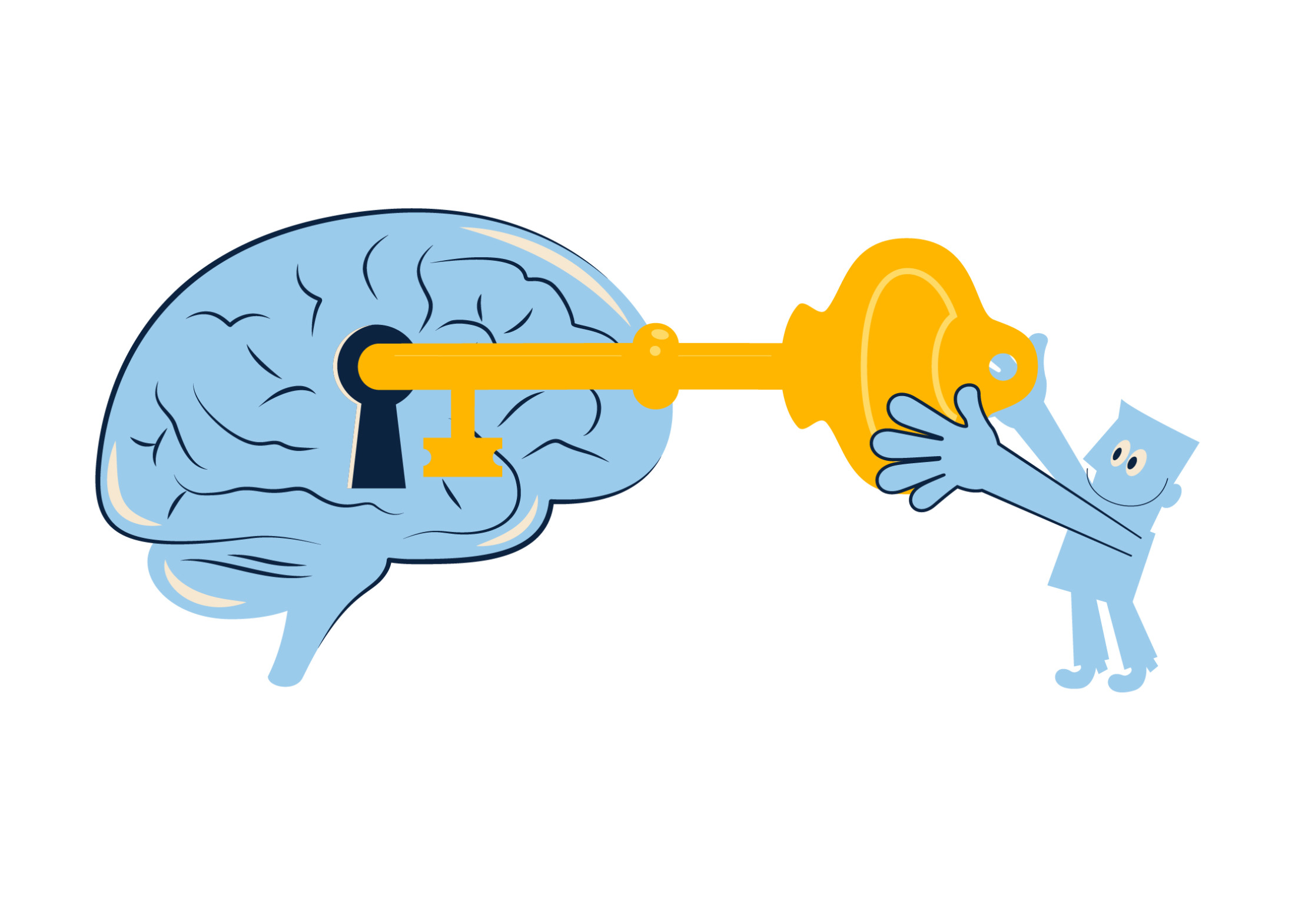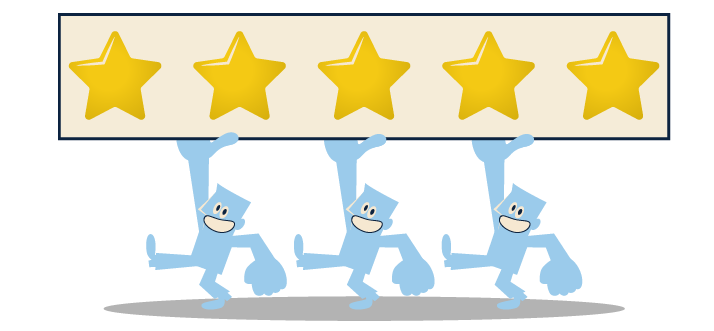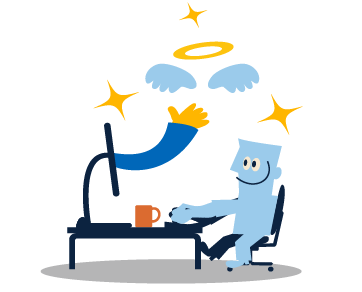Turn Heads By Tapping into Consumer Psychology
Brenna Connolly
January 16, 2023

There are a host of psychological phenomena businesses use in their marketing. Some examples include the common practice of pricing items to end in “.99”, placing the more expensive items at eye-level, or creating urgency with the term “for a limited time only.” While these tactics might seem like some of the oldest tricks in the book, the truth is that they work! They entice consumers to buy and buy they do.
Of course you still need a great product, attention to customer service, and great marketing to attract and retain customers, but there are a few things you can do to pique people’s interest and turn their heads your way. According to proven psychology, you can start by leveraging the following techniques in your marketing to make your products or services more appealing.
1) The Power of Social Proof
I’m sure you already know this, but let’s just say it out loud: We take our cues from what others around us are doing. In more academic terms, “We view a behavior as more correct in a given situation to the degree that we see others performing it”. This is why Yelp reviews, influencers, and our friend’s opinions have such an effect on us. The credence these judgments lend to a product or a company is known as social proof.
You need to be capitalizing on this in your marketing. But, how?
- Share your 5-star reviews and stellar feedback on your website’s homepage. This is something we frequently do on Fuzzy Duck-built sites. There are plug-ins we use to pull this information right from Google and display it on your page. Showcase powerful social proof on prime real estate without having to manually update it.
- Share company milestones on social media. Maybe you’ve gained a certain amount of followers, served a certain amount of clients, or been around a certain number of years. Celebrating these milestones lets people know you’ve got supporters in your corner and thank them for joining your journey.
- Utilizing (micro-)influencers. There are plenty of influencers with modest yet mighty followings right here in our very own area! Getting their endorsement draws on their standing as local experts to tout your brand to their following.
2) The Anchoring Effect
The anchoring effect is a cognitive bias describing our natural tendency to rely more heavily on the first piece of information offered (the anchor). Once that anchor has been set, its seed planted, everything that follows is taken into consideration relative to that anchor. This studied, natural bias that we have as humans proves what our mothers always knew to be true – first impressions matter! So while you tuck in your shirt and stand up a little straighter, consider the opportunities you have for first impressions from a business standpoint.
That first piece of information a potential client receives about your business is critical. Here’s how to use the anchoring effect to your advantage, rather than your detriment.
- Your logo and its presentation matter. Stand out in prospects’ minds as being professional, organized, and effective with a logo design that echoes these same characteristics.
- The first view of your website couldn’t be more important. Make sure you have a captivating image and a concise and engaging headline.
- Consider your pricing. Companies that focus on a few select products or services often use the anchoring effect when deciding on their prices, typically offering three versions of their product: a less-expensive option, a mid-range option, and an expensive option. The most expensive option acts as an anchor to raise the customer’s price threshold for the mid-range product. This approach has proven itself time and time again in various studies. If a “premium” option is offered, sales for the mid-range product or service increase, despite there being no change to the quality or scope.
3) The Halo Effect
The halo effect is a psychological phenomenon where people tend to make overall judgments about something based on just one positive attribute. This means that if a product or service has one standout feature, it can influence people’s perceptions of the entire product or service.
For businesses, understanding and leveraging the halo effect can be an effective marketing strategy. By highlighting the most impressive aspect of your product or service, you can create a positive halo effect that draws in potential customers.
How can you use the halo effect in your marketing? Here are a few tips:
- Identify your standout feature: Take some time to think about what sets your product or service apart from the competition. What is the most impressive or unique aspect?
- Emphasize this feature: Once you’ve identified your standout feature, make sure to highlight it in your marketing materials. This could include your website, social media posts, ads, and any other promotional materials.
- Be consistent: The Halo Effect is all about creating a consistent message. Make sure to carry that messaging throughout your customer touchpoints, from your website to your customer service interactions.
By understanding the halo effect, you can share the positive attributes of your product or service that can drive more sales and customer loyalty. So, make sure to highlight the most impressive aspect of your product or service and watch your business grow.
There’s no way around it, these cognitive biases are built into our falliable human brains. As consumers, they are good to be aware of as we consider a product. As marketers, learning about them can help us understand how and why consumers engage with certain marketing and tap into how to best speak to them. To reiterate, you still need a great product, attention to service, and great marketing to attract and retain loyal customers. Tailoring your marketing with these and other biases in mind can get people talking and streamline the buying process for customers.
Learn more about marketing psychology on our blog.



